![kitchen 2 1 - Metro Offices A woman sits at a bar [2023] in an office.](/?seraph_accel_gi=wp-content%2Fuploads%2F2023%2F07%2Fkitchen-2-1.jpg&n=hCD5xPZGnpgHls199A5qxA&lm=64D3C845 2002w, /?seraph_accel_gi=wp-content%2Fuploads%2F2023%2F07%2Fkitchen-2-1-600x416.jpg&n=LbXem9l2kNHFEks7Nrw&lm=64D3C83F 600w, /?seraph_accel_gi=wp-content%2Fuploads%2F2023%2F07%2Fkitchen-2-1-300x208.jpg&n=oZNKQHqn1jWMNN7e0cA&lm=64CE5A5C 300w, /?seraph_accel_gi=wp-content%2Fuploads%2F2023%2F07%2Fkitchen-2-1-1024x709.jpg&n=oB2APXF4dXp1QtzH9U96bQ&lm=64CE5A5E 1024w, /?seraph_accel_gi=wp-content%2Fuploads%2F2023%2F07%2Fkitchen-2-1-768x532.jpg&n=rB7lJf1OPWLiOwuFJhd44Q&lm=64CE5A60 768w, /?seraph_accel_gi=wp-content%2Fuploads%2F2023%2F07%2Fkitchen-2-1-1536x1064.jpg&n=m4IvCUlRGwRjsRsmAlzUaw&lm=64CE5A63 1536w)
Your business is one-of-a-kind.

By providing professional spaces for over 36 years we understand the importance of flexibility, high customer standards, and experience. That’s why we tailor our spaces and services to meet the unique needs of every one of our clients.
1ST MONTH FOR JUST $36!
To celebrate 36 amazing years, we’re offering a limited-time anniversary special!
Your first month for just $36 – Your 6th month FREE when you sign a 12-month term!
- Valid for Private Offices and Dedicated Desks
- Limited time only—don’t miss out!
Flexible Workspace and Office Solutions in Washington D.C., Virginia, and Maryland
Our Services


Private Offices
When your business grows, you need space to expand — physically and creatively. With comfort and functionality as our top priorities, our offices come fully equipped with high-end modular furniture, secured WiFi, professional mail service, and more.

Coworking spaces
We offer a variety of coworking space options for your business’s unique work style and needs. Our designs guarantee productivity and collaboration for your team, no matter the size.

Virtual Membership
Establishing a professional business presence has never been easier. With your membership, you will have access to our phone and mail services with the ability to drop into coworking space.

Conference Rooms
On-demand conference rooms are available for members or non-members to hold meetings or trainings, offering more flexibility for your business.

Office Suites
From startups to empires, just starting out, or fully established, we work with businesses at every stage of growth.
Find a location near you
Kind words from our clients
A-1 service and greeted with a contagious smile. Whenever my staff and I have a question, concern or inquiry the Metro Office team never says “I can’t or I don’t know” moreover they’ll get you squared away and taken care of…Their staff is amazing, thank you so much for all that you do. You all are awesome!!!!

Taketa T.
As an employee of a nonprofit whose entire staff works out of this Metro Offices location, I’ve found this a great place to spend 9 to 5 every Monday through Friday… modern, inviting, and always meticulously clean – we usually receive compliments when hosting guests. My favorite thing is the staff… an absolute delight to see every…

Alicja H.
We are based in London and Metro Offices is our “satellite” in the US. Their staff are all reliable, courteous, and responsive. It is remarkable that their high standard of professionalism is the same from person to person, with whomever we are dealing, without exception They represent us very professionally and truly work as an…

Zbiginew R.
We’ve been a Virtual Office Member at Metro Offices in Herndon for more than 20 years. Their services, amenities and top-notch staff are the absolute best in the DC Metro area! You will not find a more professional, courteous group of people to represent your business to your clients. The customer service they provide is unparalleled…

Jennifer C.
We’ve been a customer for nearly 3 years now and cannot speak highly enough. The incredible staff… No matter the day, time, or situation, they are willing to go above and beyond what it takes to “make it happen” for their tenants. Highly recommend, you won’t be disappointed!

Kara B.
Simply put, best in class Management staff. As a new company moving into DC, we had trouble finding a suitable location for our entire management staff of 22-30… On behalf of the entire organization, we salute you for allowing us the flexibility to get settled in DC, while not having to worry about office needs. Your team is truly an…

Cedric H.
Between the warm smiles greeting us in the morning, the top-notch accommodations, and the smorgasbord of first-class amenities in between, I couldn’t think of a better place to conduct business.

Christopher M.
These are real pros who know how to serve and accommodate. Other competitors may have buzz, but they don’t have anything on Metro Offices when it comes to service and professional environment.

Babak H.

What sets us apart
Woman-owned and locally focused, Metro Offices has been a catalyst for workspace innovation since 1989. Inspired by the creativity and drive of our over 30,000 clients, we truly believe every business is special. That’s why we’ve tailored our spaces and services to meet the unique needs of every one of our clients, for over 35 years. We truly understand the importance of flexibility, high customer standards, and experience.
What you can expect
On-site, award-winning team
Access to over 60 meeting spaces
Complimentary refreshments
Fast & secure wifi
Spaces tailored to meet your needs
Live receptionists
24/7 building access
Monthly and long-term options
Furnished or unfurnished











Experience the difference
We want to get to know your business and your unique needs. Let us see how we can tailor our services to you.



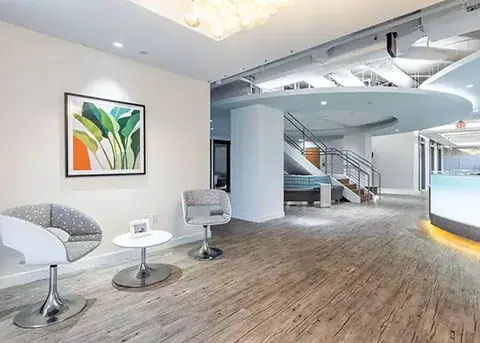
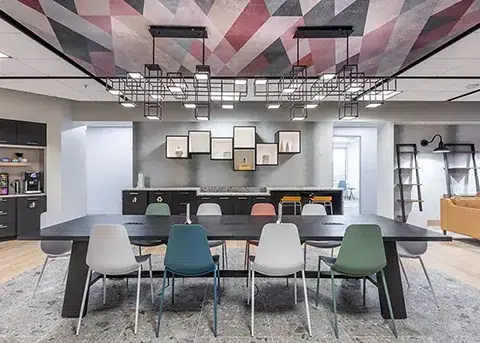
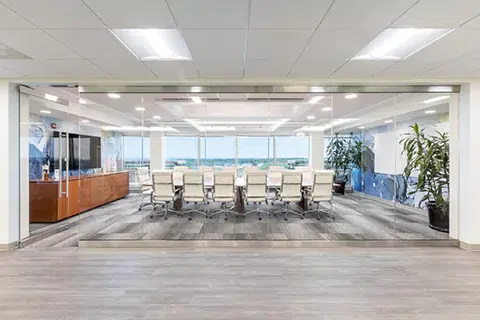
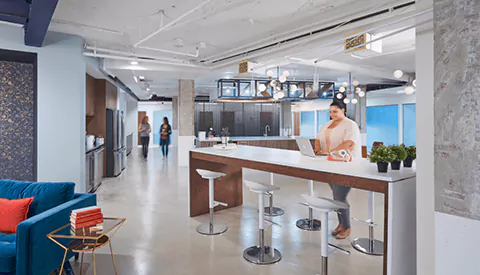
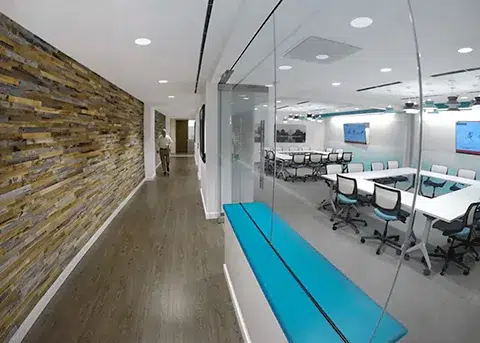

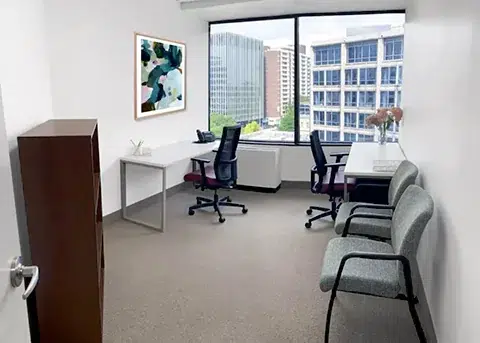
Let's stay in touch!